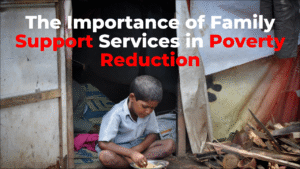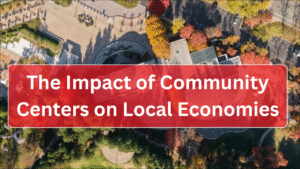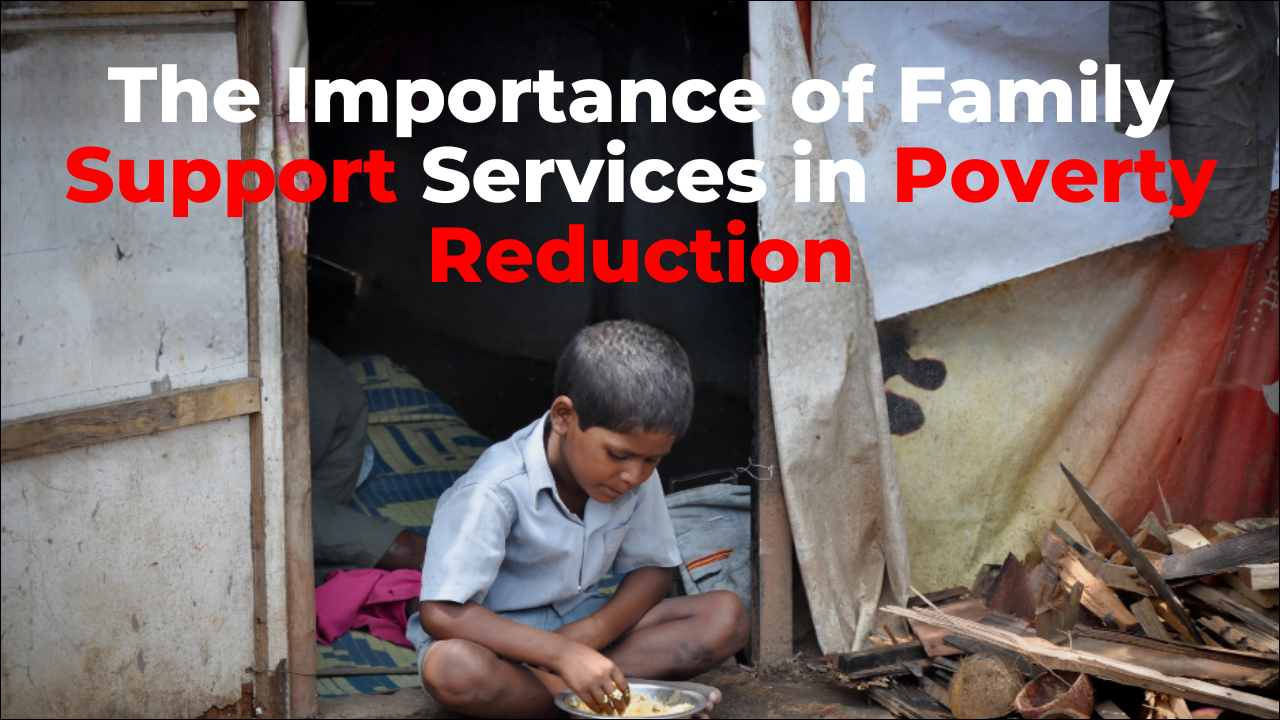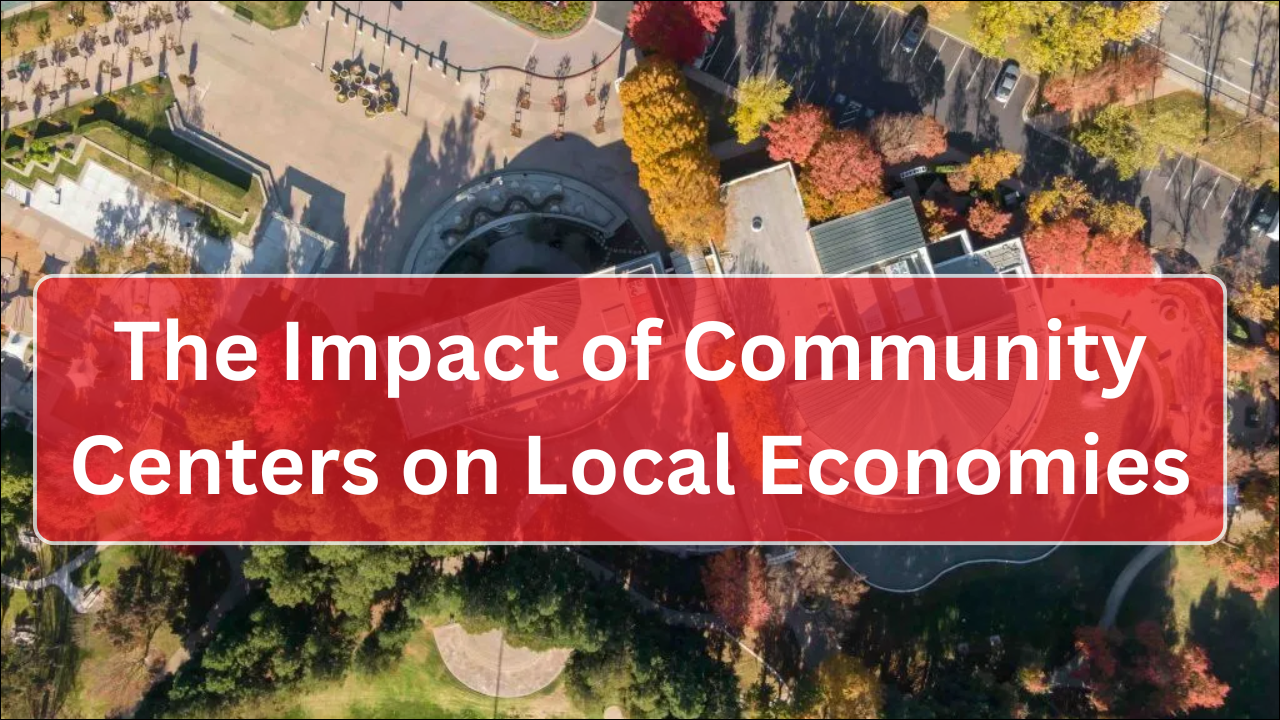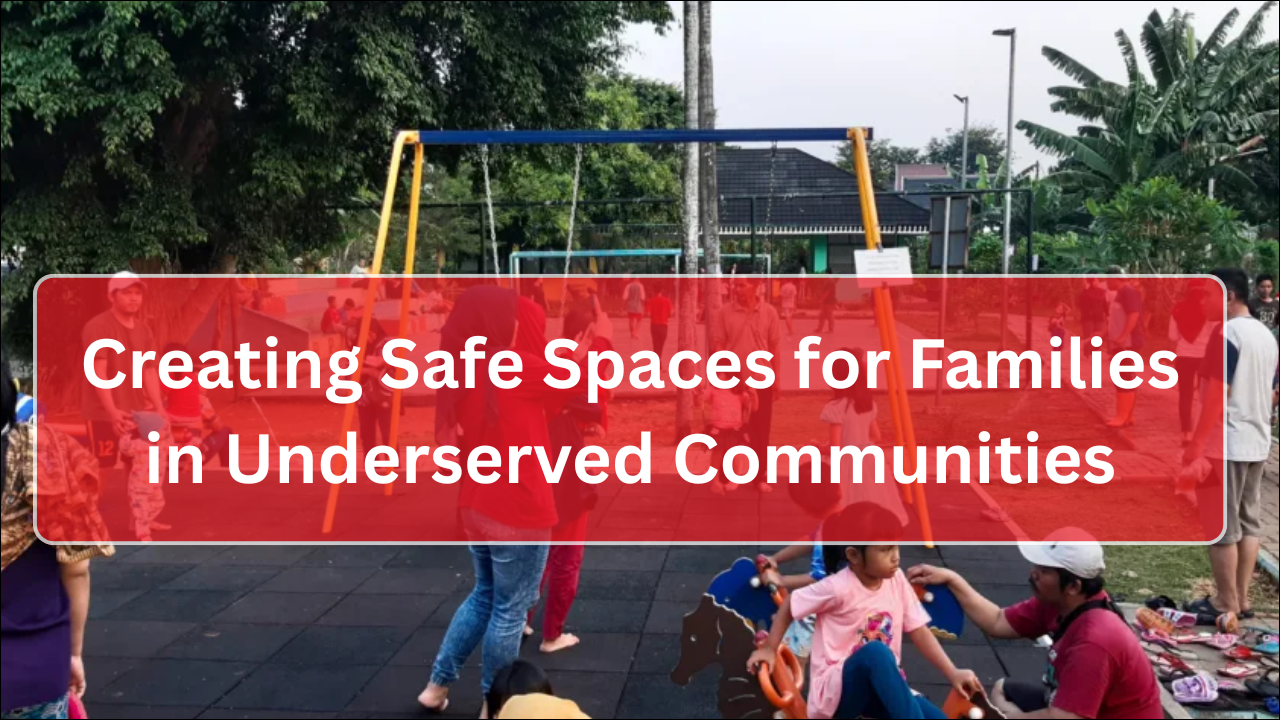
Grassroots movements are powerful drivers of social and political change, mobilizing communities to influence public policy and advocate for equitable solutions. These movements originate at the local level, often led by individuals and organizations directly affected by the issues at hand. By engaging citizens, raising awareness, and applying pressure on decision-makers, grassroots movements play a critical role in shaping legislation and reforms that address systemic inequalities. Organizations like The Hope Center for Families exemplify how community-based efforts amplify voices and create meaningful policy outcomes.
Table of Contents
1. Defining Grassroots Movements
Grassroots movements are organized efforts led by ordinary citizens aimed at effecting change within political, social, or economic systems.
- Local leadership drives advocacy and mobilization.
- Community members collectively address shared challenges and injustices.
- Movements rely on citizen participation, volunteerism, and collaboration with organizations.
- They often focus on specific issues such as education, healthcare, housing, or social justice.
2. Advocacy and Public Awareness
Grassroots movements educate communities and policymakers about pressing issues.
- Campaigns raise awareness through social media, public events, and informational workshops.
- Storytelling highlights lived experiences, emphasizing the human impact of policies.
- Petitions, rallies, and letter-writing initiatives amplify community voices.
- Awareness efforts influence public opinion, creating pressure for legislative action.
Advocacy Strategies in Grassroots Movements
| Strategy | Purpose | Policy Impact |
|---|---|---|
| Social Media Campaigns | Disseminate information widely | Build public support for reform |
| Public Events & Workshops | Educate citizens and stakeholders | Increased civic engagement |
| Petitions & Letter-Writing | Demonstrate collective demand | Influence lawmakers’ priorities |
| Storytelling & Testimonials | Highlight personal experiences | Humanize policy issues and attract attention |
3. Mobilizing Community Participation
Grassroots movements empower citizens to actively participate in policymaking.
- Volunteer networks and local committees organize campaigns and events.
- Training programs teach advocacy skills, public speaking, and lobbying techniques.
- Coalitions with schools, nonprofits, and faith-based organizations expand reach and credibility.
- Community engagement ensures that policies reflect the needs and priorities of those directly affected.
4. Collaboration with Nonprofits and Advocacy Groups
Partnerships strengthen grassroots influence on policy reform.
- Nonprofits provide resources, expertise, and credibility to grassroots campaigns.
- Collaborative research and data collection inform evidence-based advocacy.
- Joint initiatives amplify voices, coordinate lobbying efforts, and increase visibility.
- Examples include community health coalitions, education advocacy groups, and social justice networks.
Grassroots and Nonprofit Collaboration
| Collaboration Type | Purpose | Policy Outcome |
|---|---|---|
| Research Partnerships | Collect and analyze local data | Evidence-based recommendations |
| Joint Campaigns | Coordinate advocacy efforts | Greater influence on policymakers |
| Volunteer Networks | Expand grassroots reach | Increased public engagement |
| Public Policy Forums | Facilitate dialogue | Policies shaped by community input |
5. Influencing Legislation and Policy Reform
Grassroots movements have historically played key roles in shaping laws and policies.
- Organizing mass demonstrations and rallies highlights public demand for change.
- Lobbying government officials presents community-backed solutions.
- Drafting proposed legislation ensures that reforms address real needs.
- Continuous engagement and accountability measures ensure implementation of policies.
6. Addressing Social and Economic Inequalities
Grassroots movements often focus on reforming systemic inequalities.
- Education: Advocating for equitable funding, resources, and programs.
- Healthcare: Ensuring access to affordable services and preventive care.
- Housing: Promoting affordable housing, tenant protections, and homelessness prevention.
- Economic Justice: Campaigning for living wages, workforce development, and financial empowerment programs.
Key Policy Areas Influenced by Grassroots Movements
| Policy Area | Grassroots Action | Impact on Communities |
|---|---|---|
| Education | Lobbying for equitable school funding | Improved academic resources and opportunities |
| Healthcare | Advocating for accessible clinics and insurance | Reduced disparities in health outcomes |
| Housing | Campaigns for affordable housing initiatives | Increased housing stability |
| Economic Justice | Promoting job training and living wages | Enhanced family economic security |
7. Tools and Tactics for Effective Grassroots Advocacy
Grassroots movements employ diverse strategies to create policy change.
- Digital advocacy: Social media campaigns, online petitions, and email campaigns.
- Traditional media: Press releases, interviews, and op-eds to reach broader audiences.
- Direct action: Protests, marches, and community events draw attention to issues.
- Legislative engagement: Testimonies, public hearings, and meetings with elected officials.
8. Measuring the Impact of Grassroots Movements
Evaluating grassroots efforts ensures sustained effectiveness and accountability.
- Track policy changes, legislative adoption, and implementation.
- Measure public engagement and awareness levels through surveys and participation metrics.
- Assess community outcomes, such as improved services, access, or equity.
- Document long-term societal changes influenced by advocacy initiatives.
Metrics for Evaluating Grassroots Impact
| Metric | Measurement | Community Effect |
|---|---|---|
| Policy Adoption | Number of bills or reforms passed | Tangible change in governance |
| Public Engagement | Event participation, volunteer numbers | Increased civic involvement |
| Awareness Levels | Surveys and social media reach | Greater understanding of issues |
| Long-Term Outcomes | Education, health, and economic indicators | Measurable community improvements |
9. Challenges and Solutions
Grassroots movements face obstacles that require strategic planning.
- Funding Limitations: Seek grants, donations, and in-kind support.
- Political Resistance: Build coalitions and public pressure to overcome opposition.
- Sustaining Engagement: Offer ongoing volunteer opportunities and leadership development.
- Limited Resources: Leverage partnerships with nonprofits, schools, and local businesses.
10. Long-Term Benefits of Grassroots Policy Reform
Grassroots movements produce enduring societal benefits.
- Empowered communities actively participate in governance and decision-making.
- Policies reflect the lived experiences and needs of residents, ensuring equitable outcomes.
- Civic engagement and leadership development foster resilient communities.
- Social, economic, and educational disparities are reduced over time.
Long-Term Outcomes of Grassroots Policy Reform
| Area | Outcome | Community Benefit |
|---|---|---|
| Governance | Inclusive policy-making | Decisions aligned with community needs |
| Education | Improved access and resources | Enhanced academic achievement |
| Healthcare | Greater access to services | Healthier populations |
| Economic Stability | Living wages, workforce programs | Reduced poverty and increased self-sufficiency |
| Civic Engagement | Active citizen participation | Stronger, resilient communities |
Wrapping Up
Grassroots movements are essential drivers of policy reform, translating community concerns into actionable change. By mobilizing citizens, collaborating with nonprofits, and engaging directly with policymakers, these movements amplify marginalized voices and promote equitable legislation. Organizations like The Hope Center for Families exemplify how local advocacy can influence education, healthcare, housing, and economic policies. Grassroots efforts not only shape immediate reforms but also foster long-term civic engagement, community empowerment, and social justice.

